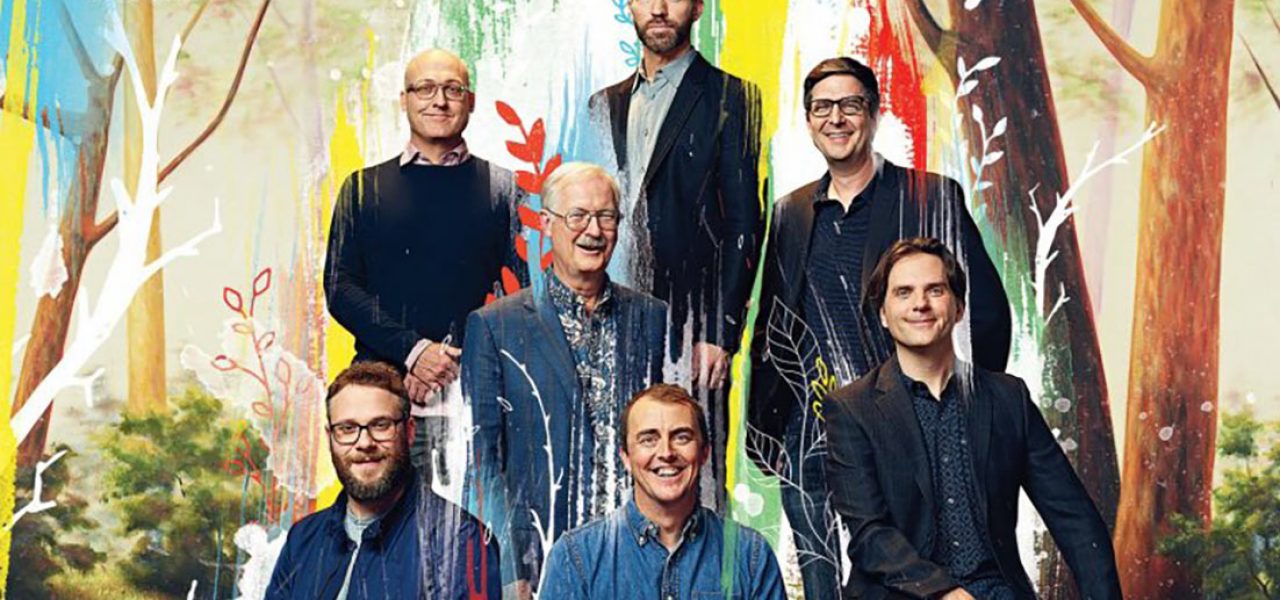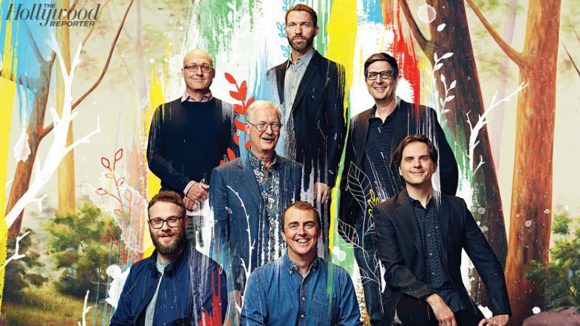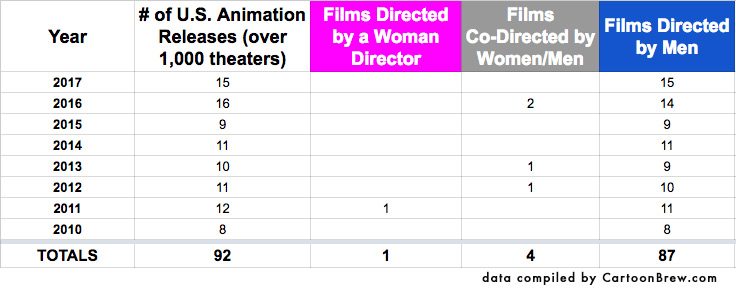

Sorry, Women: You Won’t Be Directing Any Major U.S. Animation Releases in 2017
After publishing our 2017 animated feature preview, I noticed a startling trend: every single major U.S. animation release next year (for our purposes, that’s films screening in over 1,000 theaters at the same time) will be directed by a man.
The exclusion of women at the top creative tier of American feature animation is nothing new. During this decade, there were also no women directors for major U.S. animation releases during 2010, 2014, and 2015.
In fact, 91 out of 92 major U.S. animated releases in the decade so far (2010 through 2017) will have had at least one male director. That means that men direct 99% of all the animated films produced by the Hollywood entertainment conglomerates—Disney, Dreamworks, Universal, Warner Bros., Fox, et al. (Well, 98.9% to be exact, but we rounded up that final 0.1%.) The lone feature among the 92 films that was directed solely by a women was Kung Fu Panda 2, helmed by Jennifer Yuh.
Here’s our analysis of major animation releases in the United States this decade:

A few weeks, people on the internet were shocked that a Hollywood Reporter roundtable of animation directors discussing issues like representation, feminism, and cultural sensitivity was comprised entirely of men. “Is this a joke?” thought Brenda Chapman, one of a few women who has more than a single directing credit on a major American feature.
The exclusion of women from the roundtable is indicative of a much deeper problem, which is systemic gender bias by major American animation studios. This is not a claim that can be made lightly, but it is valid when 99% of all animated features have a male director. Traditional fanboy excuses like “I don’t care who the director is as long as the film is good” no longer pass muster against evidence of such bias. And if you don’t care about this gross imbalance, I can tell you who probably does: the women who routinely have their voices excluded from the most consistently successful segment of Hollywood filmmaking.
As the feature animation industry continues to expand, more opportunities are available than ever before, yet those opportunities continue to be funneled to the same group of people: white and male. In 2017 for example, Warner Bros.’ The Lego Batman Movie and The Lego Ninjago Movie, Sony’s The Star, and Pixar’s Cars 3, are being directed by first-time feature directors, all white and male [Update: Three are white and male, the fourth is half-white and male and has Hispanic/Caribbean roots]. If white males represented the entire make-up of the American animation industry, then we wouldn’t have an issue, but the feature animation industry currently has more women and POC working in it than ever before.
For the last few decades, roughly the same amount of women have graduated from major animation programs in the United States as men. There has been plenty of time for female directorial voices to emerge in Hollywood feature animation, yet few have. Why is that? “The asking of the question, no matter how awkward, is shining a spotlight on the issue and forcing industry leaders to be self-reflective in their hiring and promotion practices,” Warner Bros. story artist Emily Dean told Elle magazine recently.
And questions will continue to be asked until animation studios address the systemic gender bias that defines the contemporary American animation industry. That bias won’t be addressed in 2017 though when no women directors will have a voice in mainstream American feature animation.
We invite you to share SOLUTIONS in the comments of this post. (If you don’t think women should be directing feature animation, take the conversation elsewhere because your comment won’t be approved here.)

.png)